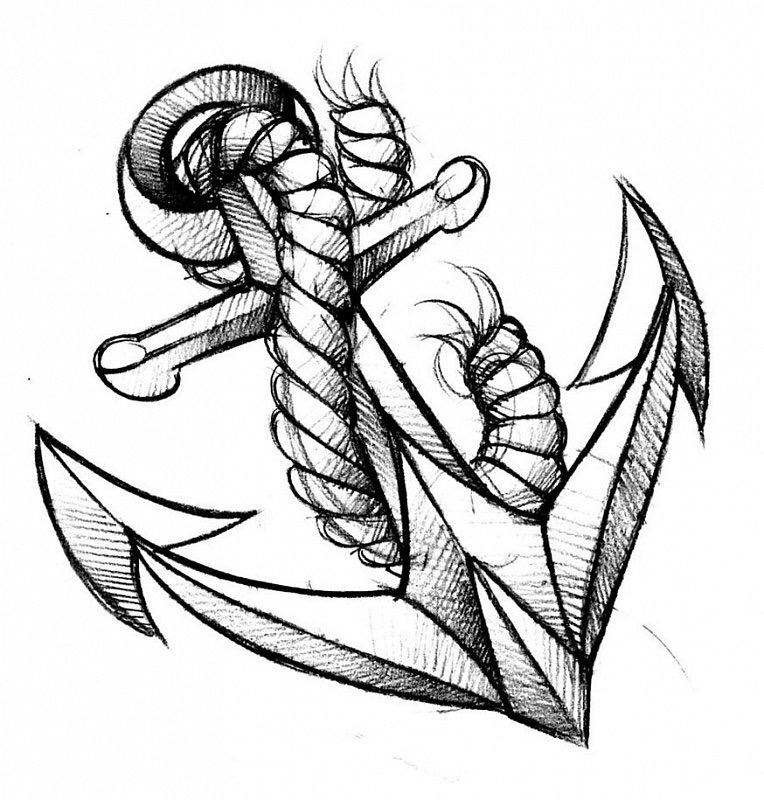What Is an Anchor in NLP and How Does It Work?
Hello, this is Stalilingus. Today, let’s talk about a topic many of you have heard of but may not fully understand: anchors in NLP. This article is meant as an introduction, since the topic is deep and will be explored in parts.
Have you ever noticed that when your favorite song comes on, you instantly feel happy? Or when someone you dislike touches you, you immediately feel uncomfortable? If so, congratulations-you’re like Pavlov’s dog! Jokes aside, the point is that you already know what anchors are; now let’s discuss how they work and what you can do with them.
Theory: What Is an Anchor?
An anchor is any stimulus that triggers a specific reaction-think of it as a mild conditioned reflex, or something that comes before a full conditioned reflex. Anchors can form naturally, but you can also set them intentionally. For example, ringing a bell to get people’s attention, or touching someone’s hand when answering a question.
Anchor = stimulus + reaction.
Remember Pavlov’s dogs, who would salivate at the sound of a bell? Well, we humans are even more susceptible to anchors than Pavlov’s dogs. While it took about a week of training for a dog to associate the bell with food, a person can be conditioned almost instantly. For dogs, the sound of the bell was paired with the taste of food, and over time, the bell alone would trigger salivation. For people, a similar process happens much faster. For example, if you touch someone’s shoulder while they’re feeling intense joy, the next time you touch their shoulder in the same way, they’ll feel joy again. The touch becomes the anchor, just like the bell for the dog. If the stimulus triggers the reaction, that’s an anchor.
How Anchors Work
An anchor works as long as you maintain it.
My favorite analogy for anchors is a doorbell. A doorbell has three main parts: the thing that makes the sound (let’s call it the “sound-maker”), the wire, and the button. For the doorbell to work, the button must be connected to the sound-maker with the wire. If everything is connected correctly, pressing the button makes the sound-maker ring.
Here’s how it relates: the bell is the reaction or state, the button is the stimulus, and the wire is the connection. The anchor is the properly connected button-the stimulus. If you connect the stimulus to the state correctly, the stimulus becomes the anchor. Press the button, and you trigger the state.
You can touch someone’s shoulder, and as long as it’s just a touch, it’s just a sensation. But if touching the shoulder consistently triggers laughter, excitement, or happiness, that’s an anchor.
Anchors are what come before a conditioned reflex. Under certain conditions, they can turn into a full conditioned reflex-but more on that later.
Types of States and Anchoring Methods
It doesn’t matter what emotion a person is feeling at the moment: joy, excitement, hatred, fear, irritation, or surprise. Nor does it matter how the state is anchored: a touch on the shoulder, a specific tone of voice, or a gesture. Every time you repeat the exact same touch, tone, or gesture, the person will experience the same feeling they had when the anchor was set-whether it’s joy, excitement, hatred, fear, irritation, or surprise.
However, this “every time” effect only lasts for a while: anchors have a lifespan.
How the Brain Processes Anchors
The brain, in a sense, is always looking for patterns. If a certain sign is present in a particular state, then when that sign appears again, the brain triggers that state. That’s how an anchor works: a person notices the sign, and the state “turns on.”
An anchor is like a doorbell button: press it, the bell rings; release it, silence.
Anchors vs. Conditioned Reflexes
Anchors are different from conditioned reflexes. A conditioned reflex is formed through repeated practice, while an anchor is created through precise setup and repetition.
The Lifespan and Reinforcement of Anchors
Anchors have a limited lifespan. If you don’t reinforce an anchor, it will last from an hour to a few days. It can also be overwritten by other anchors.
Anchors can be reinforced. To reinforce an anchor, repeat the anchoring process 3-5 times. A reinforced anchor becomes a conditioned reflex.
– Stalilingus



